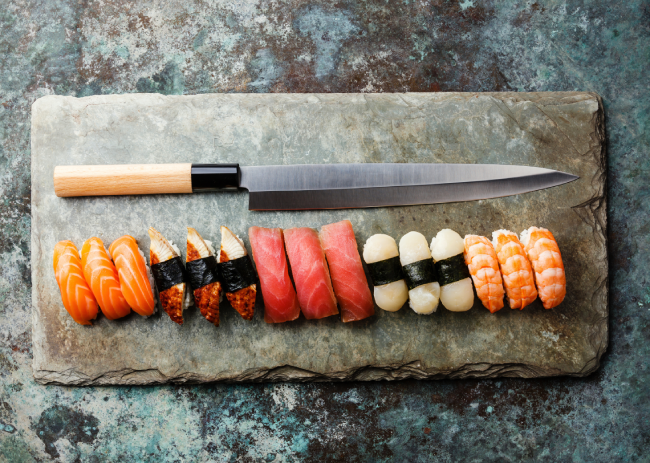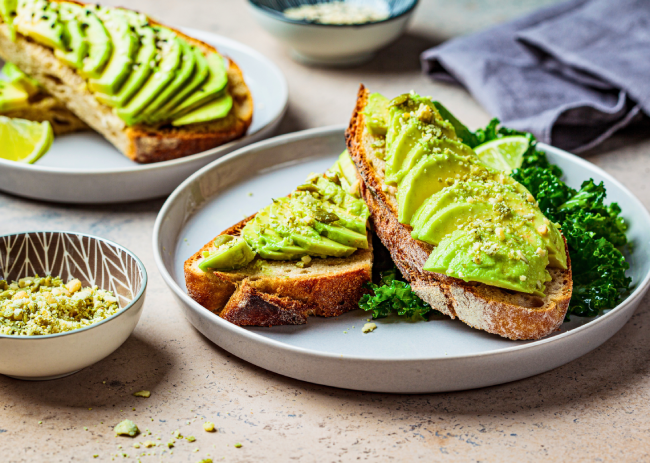Intellectual Property in the Culinary World
Like many other industries, the culinary world is deeply intertwined with the concept of intellectual property (IP). IP, at its core, is the legal term for creative ideas and innovations conceived by the human mind. This could include everything from a new cooking device to a unique restaurant logo, a secret recipe, or an exclusive culinary technique. However, the specificity of application for IP laws within the culinary world often becomes a subject of complex debate and ambiguity. This article illuminates the role of intellectual property in the culinary world and its safeguarding importance.
Understanding Different Types of Intellectual Property in Cuisine
Intellectual property within the culinary world represents a critical asset that enhances market positioning while promoting innovation and creativity. To comprehend the impact and significance of IP in cuisine, it’s essential to recognize the different types that can come into play:
- Patents in the culinary world often apply to new baking or cooking techniques, novel kitchen appliances, or innovative food preservation methods. By patenting such inventions, creators prevent competitors from copying or selling their unique concepts.
- Copyrights generally protect artistic or literary works, and in cuisine, they commonly apply to cookbooks or unique recipes. Copyright protection ensures that the work cannot be duplicated without the creator’s consent.
- Trade secrets hold immense value in the culinary industry. A secret recipe or unique preparation method unshared by a restaurant can be a significant market differentiator.
- Trademarks are another form of IP relevant to the food industry. They shield a company’s branding elements — the logos, symbols, or taglines that establish brand identification.
As we appreciate the flavours, textures, and experiences offered by the culinary arts, it’s crucial to recognize the foundations of intellectual property that make such uniqueness possible. By upholding and respecting these laws, we embody the spirit of creativity, contributing to a vibrant and diverse culinary sphere.
Importance of Protecting Intellectual Property in Culinary Arts
Preserving intellectual property is vital for chefs, restaurant owners, and other players in the food industry. This is about defending one’s creations against unauthorized use and maintaining a competitive edge in a constantly evolving industry. To sum up the importance of preserving intellectual property in the culinary arts:
- Barrier against unauthorized use: It prevents others from using, selling, or making the protected culinary innovation without the creator’s consent.
- Maintaining a competitive edge: Unique recipes, cooking techniques, or other culinary innovations offer a competitive advantage that sets a business apart.
- Financial protection: Intellectual property rights can generate revenue through licensing and can be crucial to a business’s valuation.
- Prevents unfair competition: If adequately protected, it prevents competitors from copying and unfairly benefiting from another’s effort, creativity, and investment.
- Attractiveness to investors: Businesses that have their IP assets protected hold more appeal to potential investors as it signifies value, individuality, and foresight.
Infringements can lead to financial loss and undue competitive advantage, underlining the importance of airtight IP protection.
Steps To Protect Culinary Intellectual Property
The protection process varies, depending on the type of IP involved.
- Applying for a patent can be a lengthy process involving detailed documentation of the invention and proof of its uniqueness.
- Copyrighting a cookbook requires demonstrating originality while protecting a trade secret demands stringent internal security measures.
- Registering a trademark involves a thorough search to ensure no other brands bear the same symbol in the food industry.
Consulting with legal experts specializing in intellectual property rights can be helpful. Reliable Lawrina templates can provide valuable templates and assistance for these legal requirements.
Intellectual Property — The Culinary Canvas and Catalyst
Striking a balance between sharing culinary art and protecting it is tricky. While IP laws safeguard against plagiarism, the shared love for food and the exchange of ideas enrich the culinary culture. Intellectual property rights serve as a facilitator — encouraging chefs and restaurateurs to create and innovate fearlessly.
At the same time, these laws provide assurance that their works, their culinary identities, will be protected from imitation or unauthorized reproduction. Hence, intellectual property safeguards a chef’s or restaurant’s unique identity while playing an instrumental role in shaping the culinary landscape worldwide.
In conclusion, Intellectual Property serves as the canvas and catalyst for the culinary world. It dictates the rules of engagement, fosters creativity, aids brand development, and preserves the unique identities that enrich the global food landscape. As stakeholders in the culinary universe, recognizing and safeguarding our outstanding contributions sets the foundation for a dynamic and respectful culinary ecosystem.




